Rising Awareness and Education
There is a notable increase in awareness and education regarding peripheral neuropathy in South Korea, which serves as a significant driver for the market. Healthcare campaigns and patient education initiatives have been instrumental in informing the public about the symptoms and potential causes of neuropathy. As awareness grows, more individuals are likely to seek medical advice and treatment, leading to an increase in diagnosed cases. This trend is reflected in the rising number of consultations with neurologists and pain specialists, which has reportedly increased by 20% over the past five years. Enhanced awareness not only encourages early diagnosis but also promotes the development of innovative treatment options, thereby positively impacting the peripheral neuropathy market.
Advancements in Diagnostic Techniques
Advancements in diagnostic techniques are transforming the landscape of the peripheral neuropathy market in South Korea. Improved imaging technologies and nerve conduction studies have enhanced the ability to accurately diagnose neuropathic conditions. For instance, the introduction of high-resolution ultrasound and advanced electrophysiological tests has led to more precise identification of nerve damage. This progress is crucial, as timely and accurate diagnosis can significantly influence treatment outcomes. The market is witnessing a surge in demand for diagnostic services, with a reported increase of 15% in the utilization of specialized diagnostic tools over the last three years. As diagnostic capabilities expand, the peripheral neuropathy market is likely to experience growth driven by the need for effective management strategies.
Aging Population and Neuropathy Prevalence
The aging population in South Korea is a critical driver for the peripheral neuropathy market. As individuals age, the risk of developing neuropathic conditions increases significantly. Data indicates that approximately 14% of the population aged 65 and older experiences some form of neuropathy. This demographic shift is likely to escalate the demand for effective treatments and management strategies within the peripheral neuropathy market. Furthermore, the increasing life expectancy in South Korea, which is currently around 83 years, suggests a growing number of elderly individuals who may require medical attention for neuropathic symptoms. Consequently, healthcare providers and pharmaceutical companies are focusing on developing targeted therapies to address the needs of this aging population, thereby driving growth in the peripheral neuropathy market.
Increased Investment in Research and Development
Increased investment in research and development (R&D) is a pivotal driver for the peripheral neuropathy market. South Korea's commitment to advancing medical research has led to the emergence of innovative therapies and treatment modalities. Pharmaceutical companies are allocating substantial resources to explore new drug formulations and treatment approaches for neuropathy. Recent reports indicate that R&D spending in the healthcare sector has risen by 10% annually, reflecting a strong focus on addressing unmet medical needs. This investment not only fosters the development of novel therapies but also enhances collaboration between academic institutions and industry players, ultimately benefiting the peripheral neuropathy market.
Growing Demand for Non-Pharmacological Treatments
The growing demand for non-pharmacological treatments is shaping the peripheral neuropathy market in South Korea. Patients are increasingly seeking alternative therapies such as physical therapy, acupuncture, and dietary modifications to manage their symptoms. This trend is partly driven by a desire to avoid potential side effects associated with pharmacological treatments. Recent surveys indicate that approximately 30% of patients with neuropathy are exploring complementary and alternative medicine options. As healthcare providers recognize the importance of holistic approaches, there is a corresponding increase in the availability of non-pharmacological treatment options. This shift in patient preference is likely to influence the peripheral neuropathy market, encouraging the development of integrated care models.


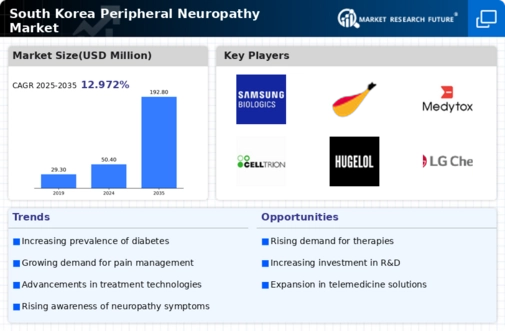
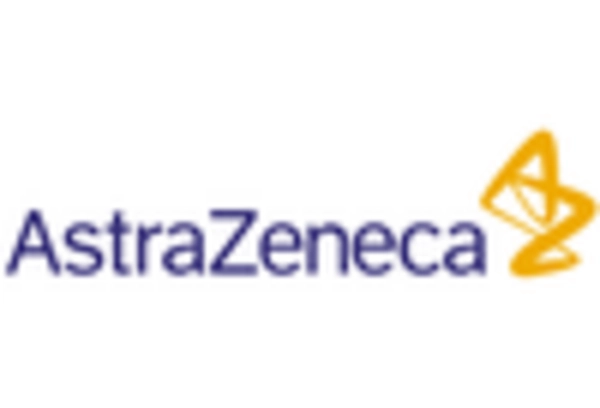
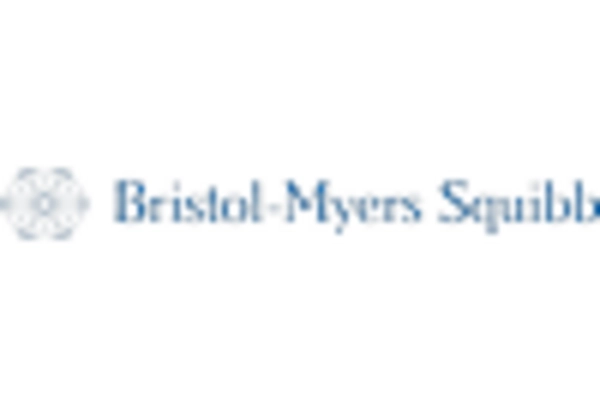
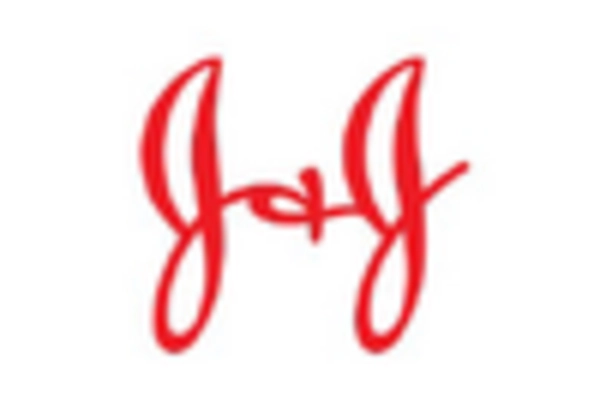
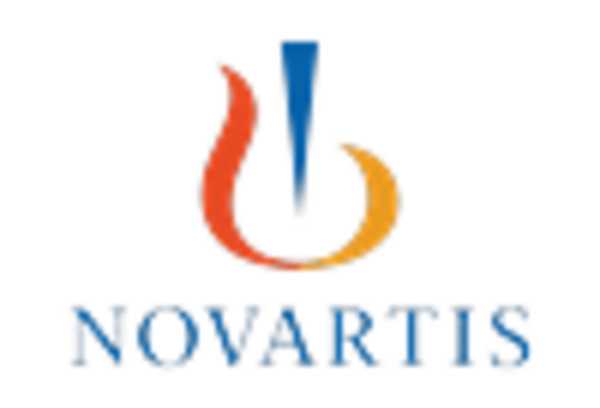
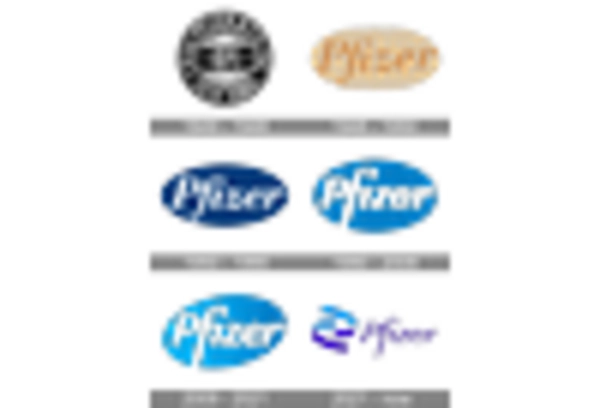









Leave a Comment